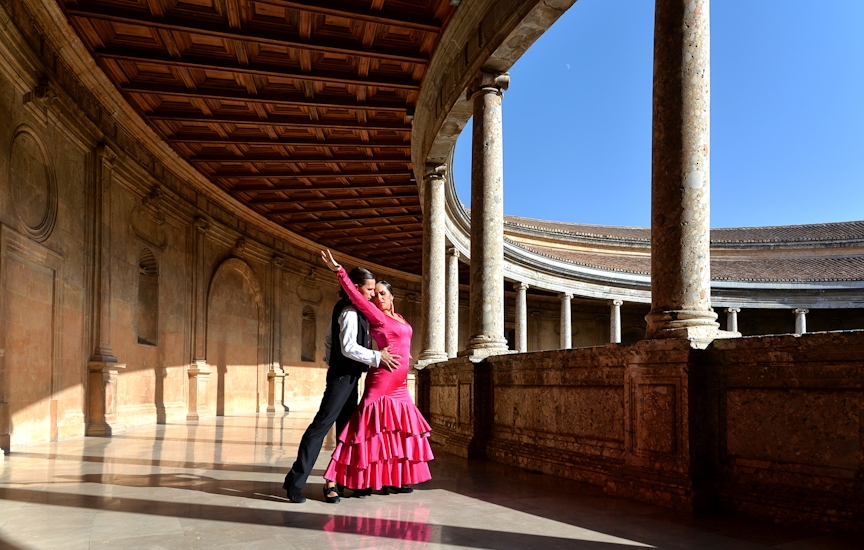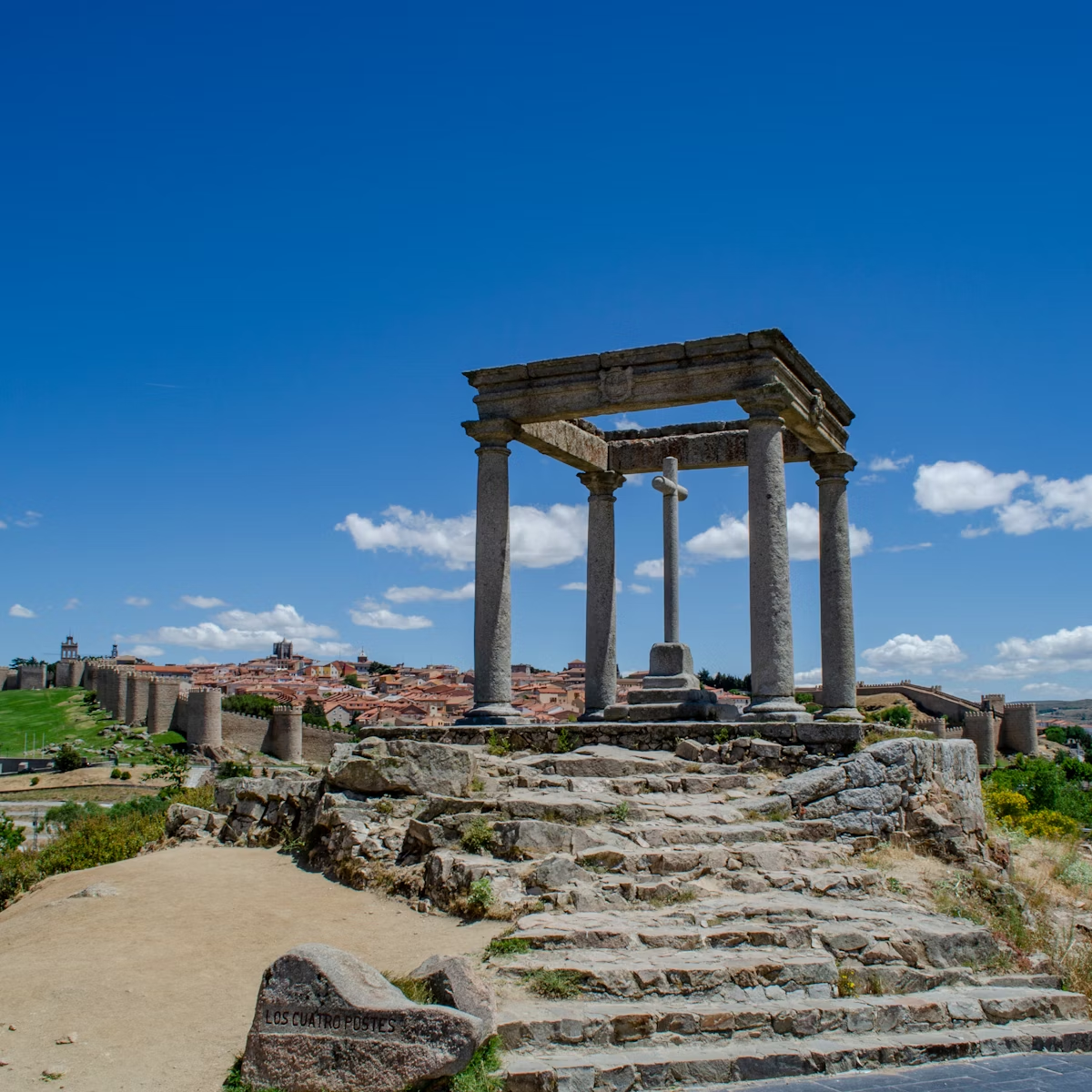
Ávila


Getty Images
Overview
Ávila's old city, surrounded by imposing city walls comprising eight monumental gates, 88 watchtowers and more than 2500 turrets, is one of the best-preserved medieval bastions in Spain. In winter, when an icy wind whistles in off the plains, the old city huddles behind the high stone walls as if seeking protection from the harsh Castilian climate. At night, when the walls are illuminated to magical effect, you'll wonder if you've stumbled into a fairy tale. It's a deeply religious city that for centuries has drawn pilgrims to the cult of Santa Teresa de Ávila, with its many churches, convents and high-walled palaces. As such, Ávila is the essence of Castilla and the epitome of old Spain.
Attractions
Must-see attractions

Ávila
Northwest of the city, on the road to Salamanca, Los Cuatro Postes provides the best views of Ávila's walls. It also marks the place where Santa Teresa…

Ávila
Ávila's 12th-century cathedral is both a house of worship and an ingenious fortress: its stout granite apse forms the central bulwark in the historic city…

Ávila
Ávila's splendid 12th-century walls stretch for 2.5km atop the remains of earlier Roman and Muslim battlements and rank among the world's best-preserved…

Ávila
Commissioned by the Reyes Católicos (Catholic Monarchs), Fernando and Isabel, and completed in 1492, this monastery is an exquisite example of Isabelline…

Ávila
This graceful church is a masterpiece of Romanesque simplicity: a series of largely Gothic modifications in sober granite contrasted with the warm…

Ávila
Built in 1636 around the room where Santa Teresa was born in 1515, this is the epicentre of the cult surrounding the saint. There are three attractions in…

Ávila
North of the city walls, this unadorned Renaissance monastery is where Santa Teresa fully took on the monastic life and lived for 27 years. One of the…

Ávila
North of the old city and dating from the 12th century, this is Ávila's oldest church and a fine example of Romanesque architecture, although the exterior…
Plan with a local

Build a memorable collection
Get to the heart of Ávila with one of our in-depth, award-winning guidebooks, covering maps, itineraries, and expert guidance.





